Street photography is one of those things that cut into you. It has a razor-sharp bite that can’t be shrugged away. If you shoot it, you’re bound to commit full-heartedly to it. Maybe because of this, it’s also a genre that produces loud opinions and even louder proclamations. That’s why we wanted to review Italian street photographer Alex Coghe’s Art of Seeing: A Guide to Street Photography.
It’s a training ebook that doesn’t act like a training ebook. It’s more like a turn-of-the-century manifesto — but you can read what I wrote over here. Right now, we’re here for his work. After reading page after page about the history and aesthetics of the genre, we figured the least we could do is speak to its author about his photography and why he’s unimpressed with street photography at large. And his thoughts are definitely worth checking out.
In this interview, Coghe explains how he got his start in photography, talks about what street photography can be, and speaks about what Mexico City means to him.
Your street photography is great. How did you get your start? How would you describe your work?
First of all: thank you! My start with street photography corresponds more or less to my return to photography in the digital age. For over a year I have limited myself to study the genre, making any sort of photography. I think I had a sort of awe towards this way of doing photography. I was amazed by the things I saw from other photographers. I believe that this form of respect has caused in me a desire, a further stimulus to want to challenge myself. You have to consider that when I started, street was not as widespread as today. Today it is a trend, and this has generated an idea of street photography that’s many times completely misunderstood. This is the reason we are seeing a lot of “people passing by” photos. Now there are entire recognizable streams, among hordes of imitators of Bruce Gilden and Alex Webb. It is difficult to find someone who truly has something to say. The popularity of the genre, if it also has positive aspects, also generated many with the illusion that this kind could lead to a career as a photographer. Looking back, I remember that time street wasn’t the thing it is right now.
But my work can’t be considered just street photography. First of all because I am a commercial photographer and making in my spare time my personal photography. I love to think of my personal photography as a continuous stream of gritty, grainy, out of focus, dark and high-contrasted snapshots from the street and from my dreams and nightmares, exploring my state of mind. I photograph night and day, fragments, perceptions, interested in just the image, without thinking for labels, knowing a little bit more myself through the act of photographing. I love the definition of Visual Provoker.
Were you ever unsure of your talents? When did you know you had potential?
Still today I am not sure if I have a talent. I limit myself to making images, first of all taken for myself. I am just following my vision, and this is my fortune so far. I am not repeating any kind of formula. As a commercial photographer, I am an editorial and erotic photographer, and it is here that I recognize most of my skills as a photographer. I’m most confident when busy with my commercial photography, working on assignment for my clients or for my projects. I am so lucky because right now I am also the editor of myself, so my boss is me as an example with my most ambitious project so far: MEXICANA.
Could you explain your aims with MEXICANA?
MEXICANA is a project between documentary and erotic photography. It will be a magazine (pdf) and a series of books distributed in prestigious bookstores in Mexico.With this project I want to present the Mexican woman, without stereotypes, documenting through a story her characters, fantasies, ideas. It is also a project against the trend of the images excessively edited with Photoshop. Most of the magazines right now are not showing photographs but posters or cartoons.
With MEXICANA, which already ongoing with previews published on my official website and tumblr page, we are showing the real Mexican woman, and not a unique model because beauty is not just one.The models participating at MEXICANA are different because they are involved in the creative process, from the choice of locations, the concept and the story, to their way to express themselves, in a natural way during the photo shoot.
I like imagining street photographers as romantic, almost crazy, detectives seeking the traces of beauty. This sounds silly, but it also describes how street photographers are always searching – I think they’re born watchers. Why street photography? What drew you to shooting strangers?
I don’t consider myself a romantic in the streets and I shy away from the idea of the flaneur. I am a metropolitan animal, shooting in the barrios most of the time, not the safest places in the world where taking photos. I am not that kind of guy shooting in downtown with tourists. I make photography, not street photography. For me is not just a matter of shooting strangers, I make images of any kind of things that’s interesting for me whether the streets, animals, buildings, or billboards.
You shoot in Mexico City. Roberto Bolaño has some great lines about that city. He thought of it as a monstrously beautiful city. What’s the photography scene like there? What’s your opinion about it?
Mexico City is an incredible kaleidoscope where all and nothing can be photography. All and nothing because you can photograph things that are very commonplace. This is the reason this city can be easy or really difficult for a photographer. You have to tune into this megalopolis. Street photography is not widespread and the idea that many people have of it is vague and not very correct. For this reason I am giving street photography workshops in Mexico City to spread a different culture and approach to photography.
In Art of Seeing, you say that street photography is overrun with clichéd images – especially, those of passing strangers taken from a distance. Why do you think this sort of image is overdone? What would be your 3 tips that every beginning street photographer should read?
How much longer do we have to see anything else that people who pass, perhaps with a dazed expression and eye contact? I am especially amazed by “photographers” who always repeat the same photo… the only explanation is that they can not do anything else because they can’t see something different…As a photo editor, selecting the images in a street photography group that I created on flickr, I want to see energy, tension, content, a different story, possibly something I’ve never seen before.
3 tips:
– Be yourself;
– Try to tell yourself;
– Follow your vision and try to tell us your experience in the street;
Any favorite stories experienced in your walks? Any epiphanies? Any cautionary tales?
I could tell you about a confrontation in Los Angeles with a rude man or another one here in Mexico, but no. First of all because it is not something that happens to me often, and then because in a certain way if you have confrontations in some way you have failed as a street photographer. A street photographer should be able to be invisible, to be a cat as Henri Cartier-Bresson said. I mostly shoot in the barrios (popular neighborhoods) right now and the only thing I feel to suggest is: avoid to pose as a photographer if you don’t want to have problems. If you stop to “think and act” as a photographer, you will be able to make something different, straight by your heart.
Be sure to check out all of Coghe’s work on his website!

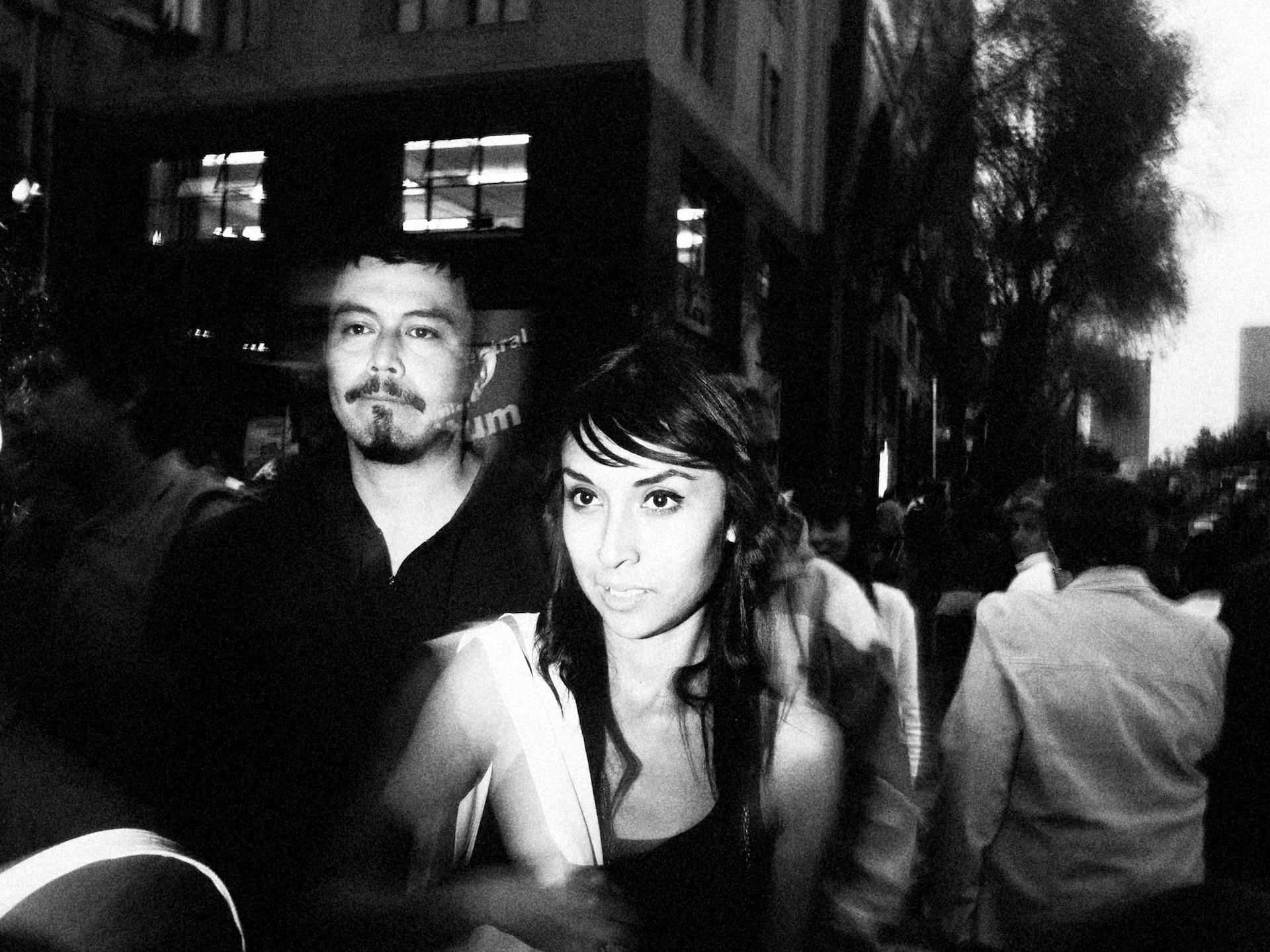


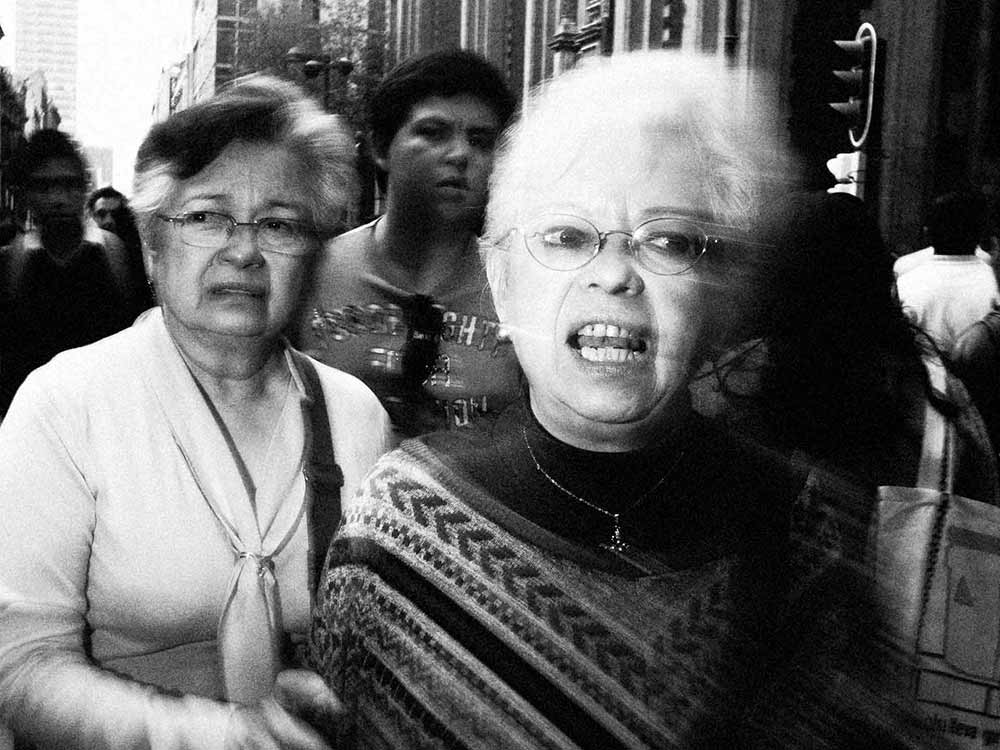
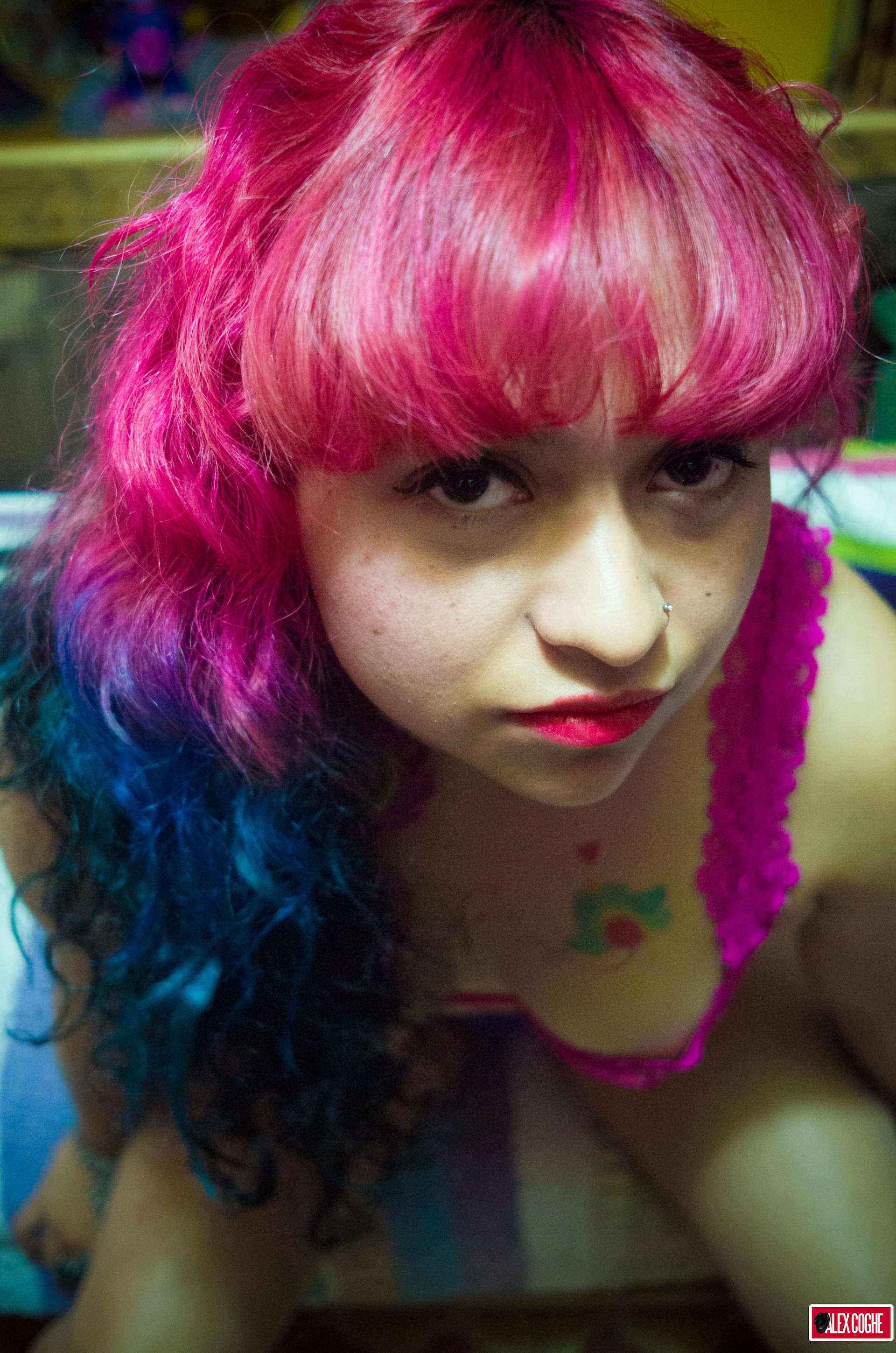
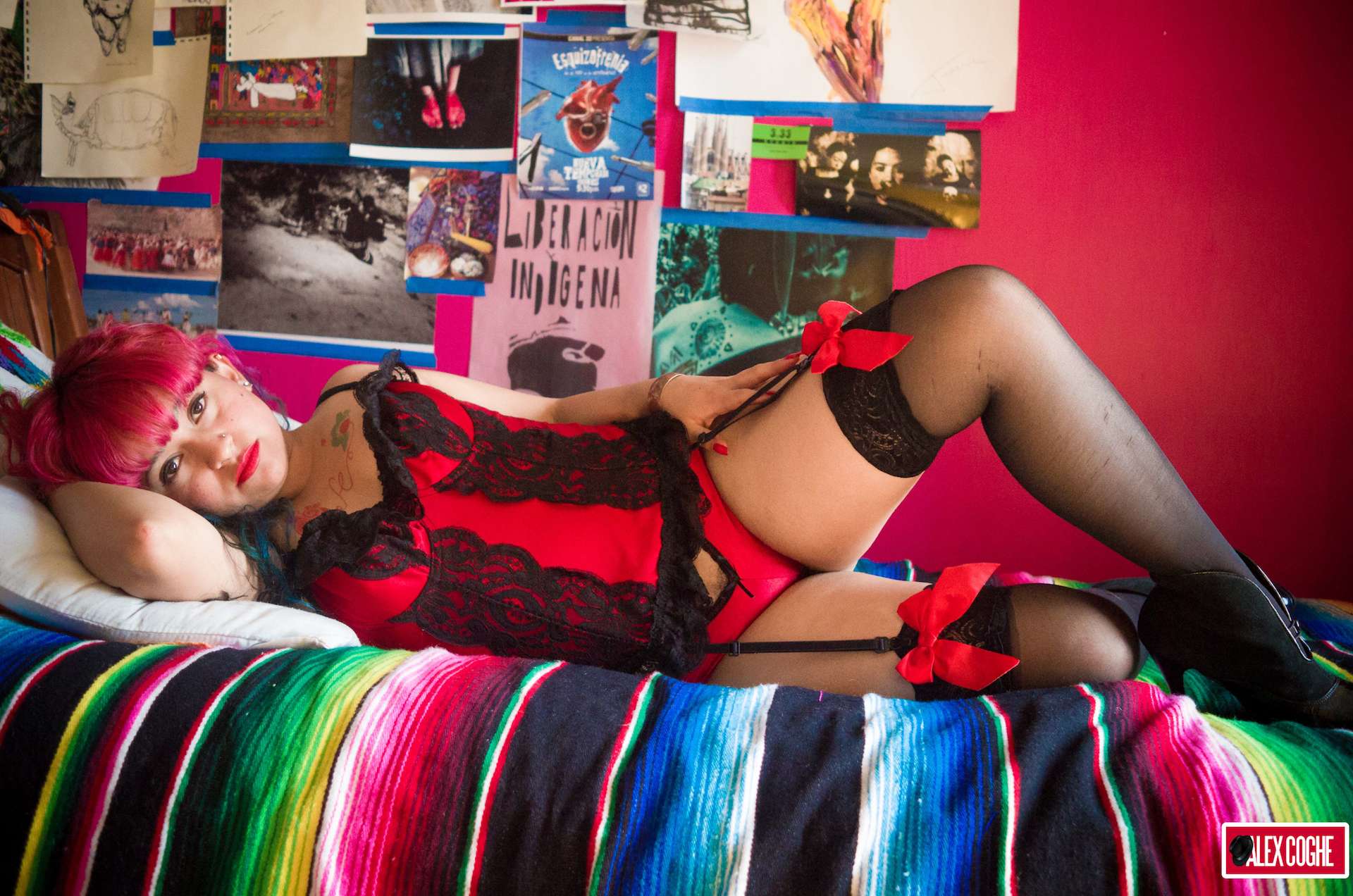
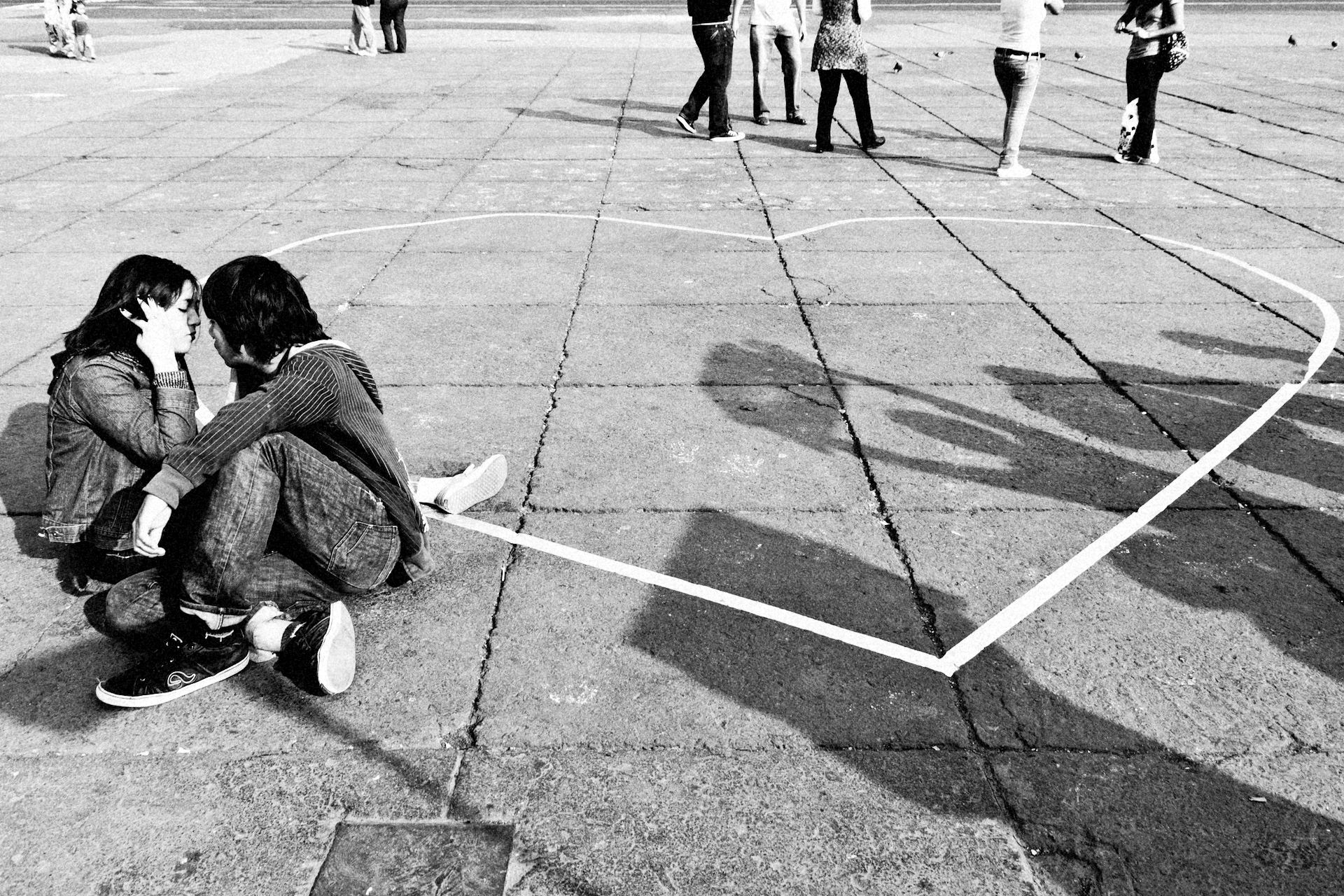
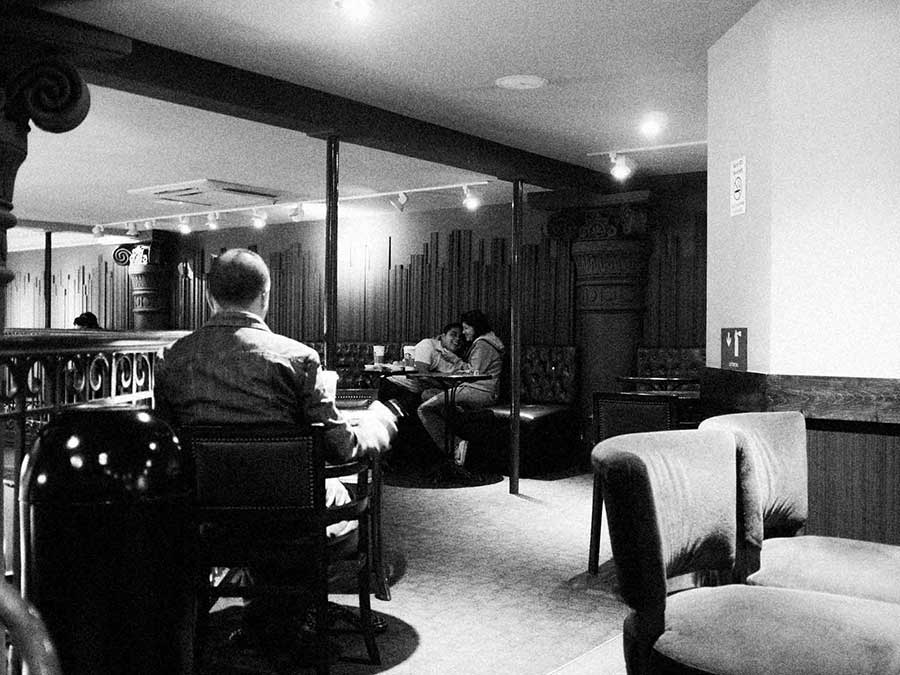
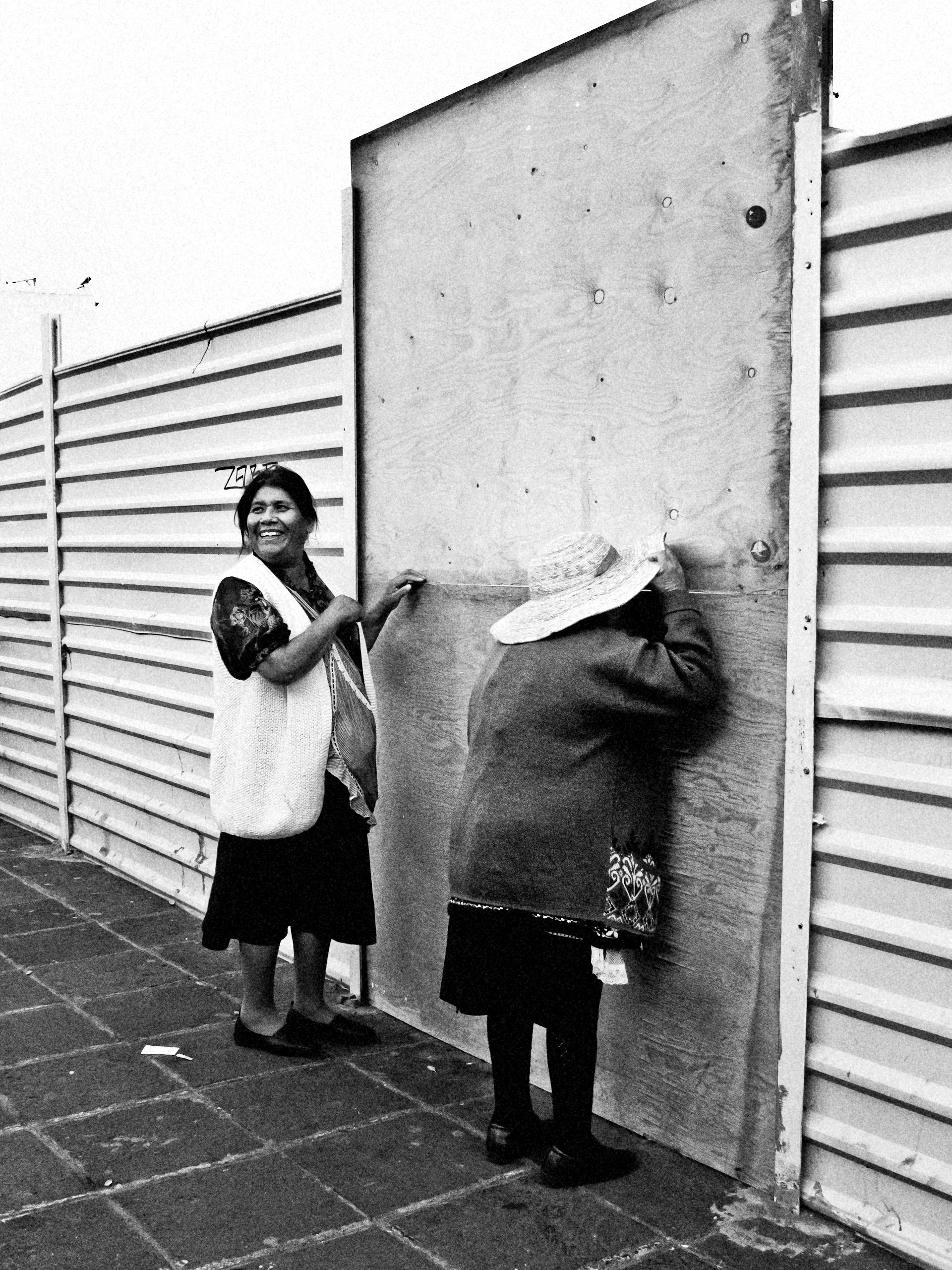
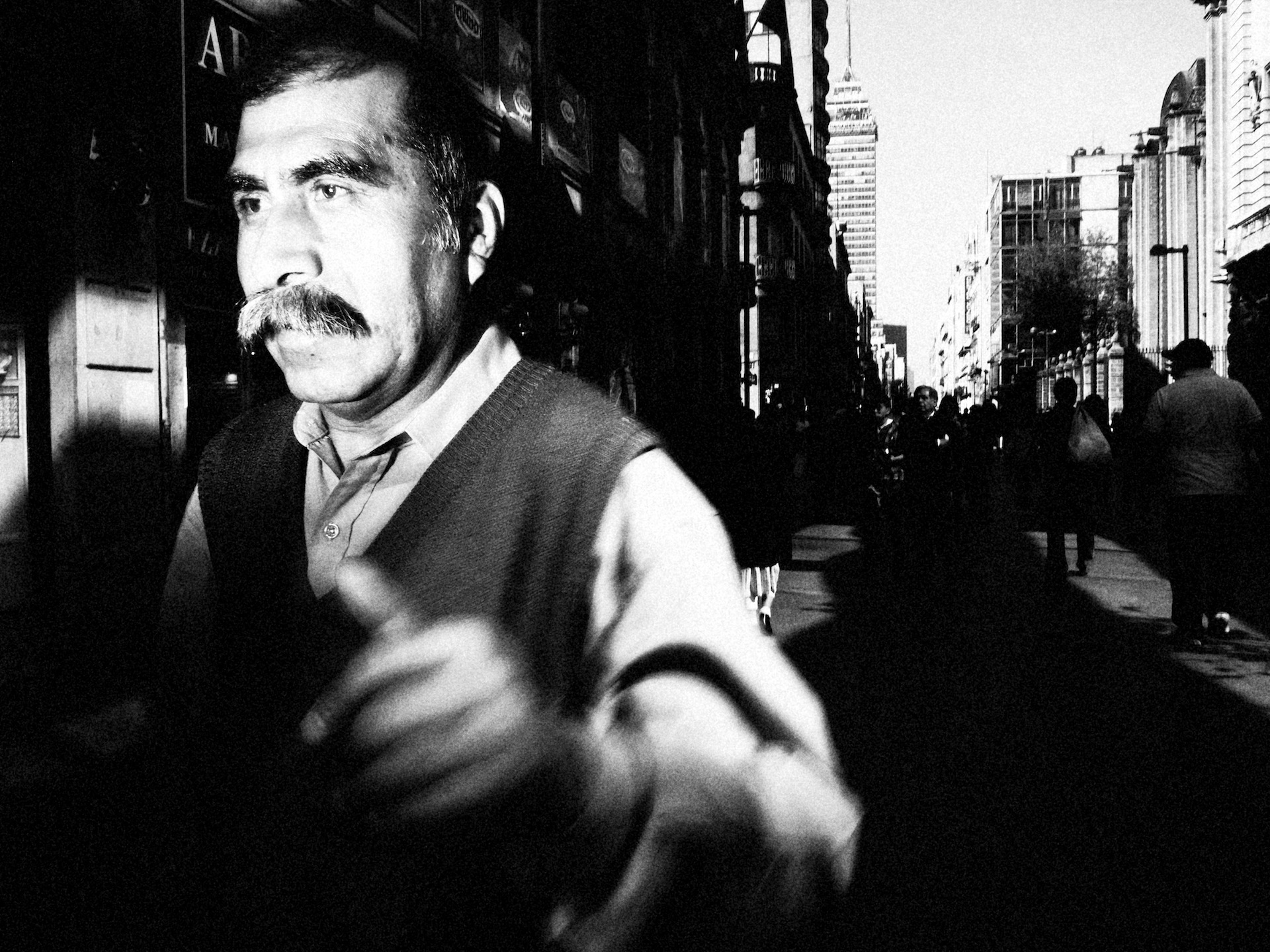

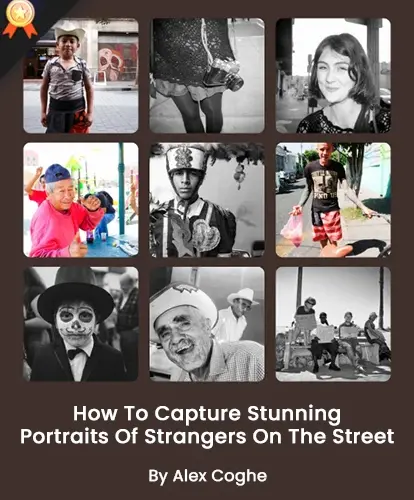
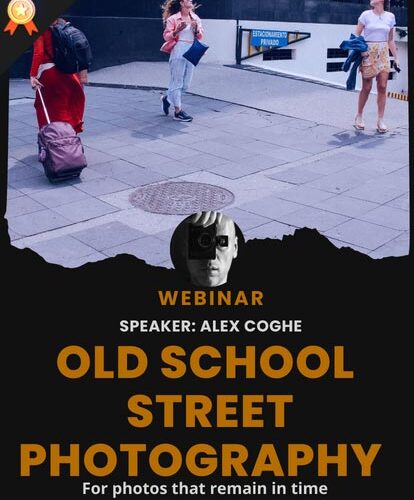
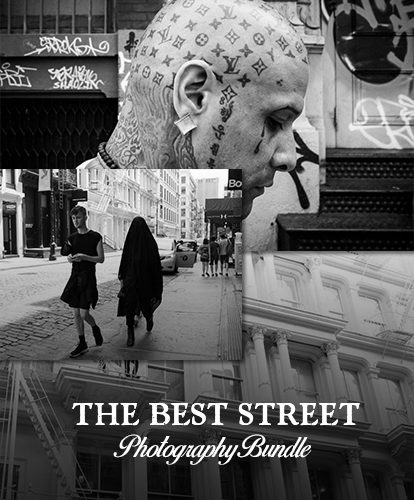






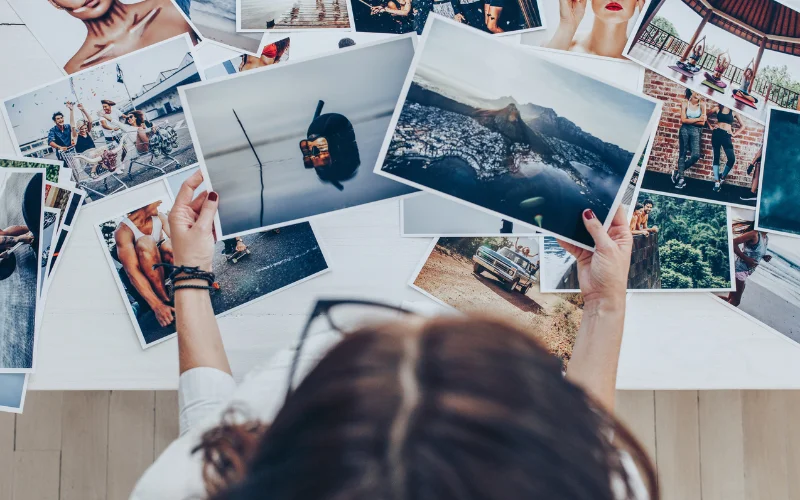


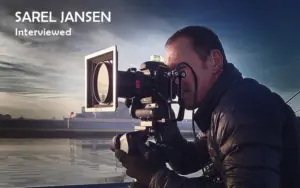
2 Comments on “Alex Coghe Interview: The Opinion Of A Street Photographer”
“if you have confrontations you have failed as a street photographer”. So, being a street photographer means you have to be a diplomat, able to control every other human being on the planet? In several years of street photography I have had maybe two or three “angry” people but confrontation on planet Earth is inevitable. I am sad to think that aspiring street photographers would read this generally useful article then be left with the idea that they have failed if they fall into a confrontation. We are all human, whether street photographers or not. If this person can succeed at eliminating confrontations, then he is in the wrong business.He should be running the United Nations
Paul, I didn’t mean confrontations are not part of the game. I experienced confrontations. As the most of the photographers shooting in the streets. But let me say anytime it happens I reflect about this and probably the reason can be an error by my part: body language, maybe busted by an eye contact, a wrong move…but to be invisible is part of the skills requested, so maybe sometimes the error is mine. This is what I mean. I am shooting in barrios, believe me,in those places better to avoid confrontations…